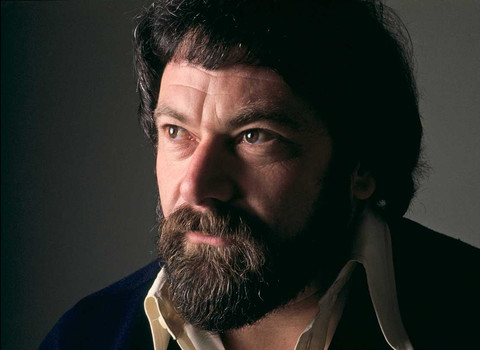This text was originally published in Desktop #288.
A few years back I was lucky enough to be on a judging panel for the 2010 AGDA Awards. There were over 2000 entries that year, so it was a long couple of days, but the opportunity to take stock of our industry’s output is a unique, and humbling experience.
It can also be revelatory, and for me there was a particular body of work which surprised and stood out from the sheer volume of quality entries. Australian wine packaging has gained international respect for its long history of ground-breaking design. Much of it originates from the vineyards of the Barossa Valley. These commissions remain a vital source of income for South Australian studios like MASH, Parallax and Voice, to name a few. Present-day practitioners are sustaining a tradition of innovation, pioneered by a small group of trail blazing designers through the late 1970s and 1980s. Local winemakers, seeking to unlock the lucrative European and US markets, turned to design as their point of difference, and to designers like Barrie Tucker.
With a limited formal design education but a grounding in art, Tucker’s first job was as a Survey Draftsman for the South Australian Department of Lands. He then worked with various advertising agencies in Adelaide and Melbourne before travelling to Europe in 1966. He landed a job at Reust Propaganda in Zürich where he worked on projects for large corporate clients including Renault Suisse, Shell Chemie and Baumgartner Papier. It was during this period that his love for illustration solidified, inspired by the exhilarating work he saw coming out of Berlin, London and New York. An exhibition at the Zürich Design Museum (Museum fur Gestaltüng Zürich) of the influential Pushpin studio proved especially stimulating. At nights, Tucker honed his illustration skills and, a few years later, relocated to London where he worked as a freelance illustrator for prized clients like Penguin Books and The Times, a vindication of his efforts.
Like many of his contemporaries, he retains a steadfast belief in the importance drawing plays in the creative process. He has said ‘I’ve always been an illustrator, but the kids who are doing design don’t know how to draw, they sit at the computer and think that the mouse is going to create for them. I’m a great believer that you must have a great idea to start with, and if you don’t have that you can’t turn out anything meaningful’.
In 1970 he returned to Australia and established Tucker and James in Melbourne, a studio that produced a mix of illustration and design. Tucker is part of a glorious generation of this exceptional type of hybrid, creative icons such as Les Mason, Alex Stitt and Bruce Weatherhead. These days, David Lancashire is a rare contemporary example. After a couple of years in Melbourne, his hometown of Adelaide beckoned, and Barrie Tucker Design was born.
The international accolades were beginning to add up. In 1972, while still in Melbourne, he had been the first designer from this region to be included in the New York Art Directors Awards Exhibition and, in 1977, Walter Herdeg chose Tucker’s work for the cover of Graphis, another first for an Australian-born designer.
The 1980s was a period characterized by entrepreneurial opportunities for design, and the decade saw substantial commissions for Tucker in the hospitality industry, specifically resort development. In 1984 his studio undertook the design consultancy for Sanctuary Cove on Queensland’s Gold Coast. On a project dominated by Canadian and North American contractors, Tucker’s firm were the only substantial Australian contributor, responsible for ‘all the design, right down to the last matchbox.’ This was a massive undertaking, the largest commission of its type at that time.
As mentioned in my introductory paragraph, this was also a period in which Tucker’s work for Australian wine companies and winemakers escalated, to a point where he pioneered the development of customized bottles for his clients. In the 1990’s he founded Designer Wines, a company specializing in the creation of bespoke wine bottles and packs as corporate gifts. This interest in three-dimensional forms has subsequently developed into a late-career passion for metal and glass wall sculptures which Tucker credits with giving him a ‘new lease in life.’ Illustrator, graphic designer and now sculptor? Barrie Tucker, like a good wine, seems to be improving with age.
Dominic Hofstede
